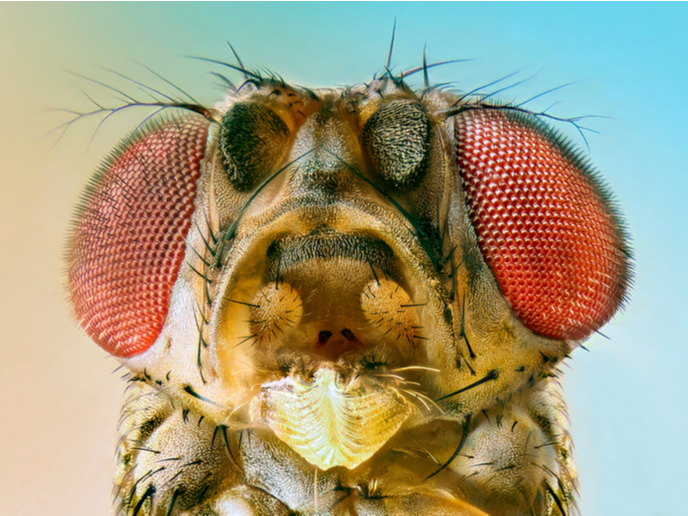From fermented foods and beverages to cosmetics: Discovering the world of yeasts
What role could a curious two-winged insect play in the production of unpasteurised cheese types such as the French Comté and fermented milk drinks like kefir? New research reveals that an ancient fruit fly, some luck and the mating of two types of microorganisms may have enabled early farmers to domesticate yeast and produce fermented dairy products some 6 000 years ago. The research shows that the ancestor of Kluyveromyces lactis (milk yeast) found in artisan cheese and fermented dairy products may have been formed by the fruit fly drosophila thousands of years ago. The yeast acquired genes for the breakdown of lactose from its cousin, K. marxianus, and was then selected by humans for fermentation, according to a study supported by the EU-funded CHASSY, CODEKILLER, ELOXY and YEASTCELL projects. The findings were published in the journal ‘Current Biology’(opens in new window).
Domestication
In a news release(opens in new window) by University College Cork (UCC), study co-author Dr John Morrissey says: “We can speculate that a fruit fly carrying an ancestor of K. lactis landed in milk and encountered a distantly-related yeast that was already growing in the milk. The two yeasts mated and, in the process, the K. lactis ancestor took the genes for using lactose from its mate.” Dr Morrissey, who coordinated the CHASSY and YEASTCELL projects, adds: “It was then able to grow in the milk and make a fermented product that early humans liked. So they kept some of the fermented milk and used that to start another batch, and so on. And this is how an insect yeast became domesticated by humans.” The same UCC news release states: “This research is important because it shows that early human farmers domesticated microbes as well as animals 10,000 years ago. It illustrates how humans influenced evolution to select microbes with beneficial features.” Dr Morrissey highlights the study in the British edition of ‘The Conversation’(opens in new window). “Who could have imagined that such a random series of events would produce so many of the world’s great culinary delicacies?” The CHASSY (Model-Based Construction And Optimisation Of Versatile Chassis Yeast Strains For Production Of Valuable Lipid And Aromatic Compounds) project that funded the study will end in late-2020. It focuses on utilising yeast as cell factories for production of high-value compounds that have applications in the cosmetic, nutraceutical, and white or industrial biotechnology sectors. The YEASTCELL (Yeast Cell Factories: Training Researchers to Apply Modern Post-Genomic Methods In Yeast Biotechnology) project that also contributed to the study ended in 2017. In addition, the researchers who conducted the study were supported by two ongoing EU-funded projects: CODEKILLER (Killer plasmids as drivers of genetic code changes during yeast evolution) and ELOXY (Eliminating Oxygen Requirements in Yeasts). All these projects are crucial to furthering yeast research that has a wide range of applications, spanning agricultural, pharmaceutical and health, environment and biotechnology sectors. For more information, please see: CHASSY project website(opens in new window) CODEKILLER project(opens in new window) ELOXY project(opens in new window) YEASTCELL project(opens in new window)
Countries
Ireland



